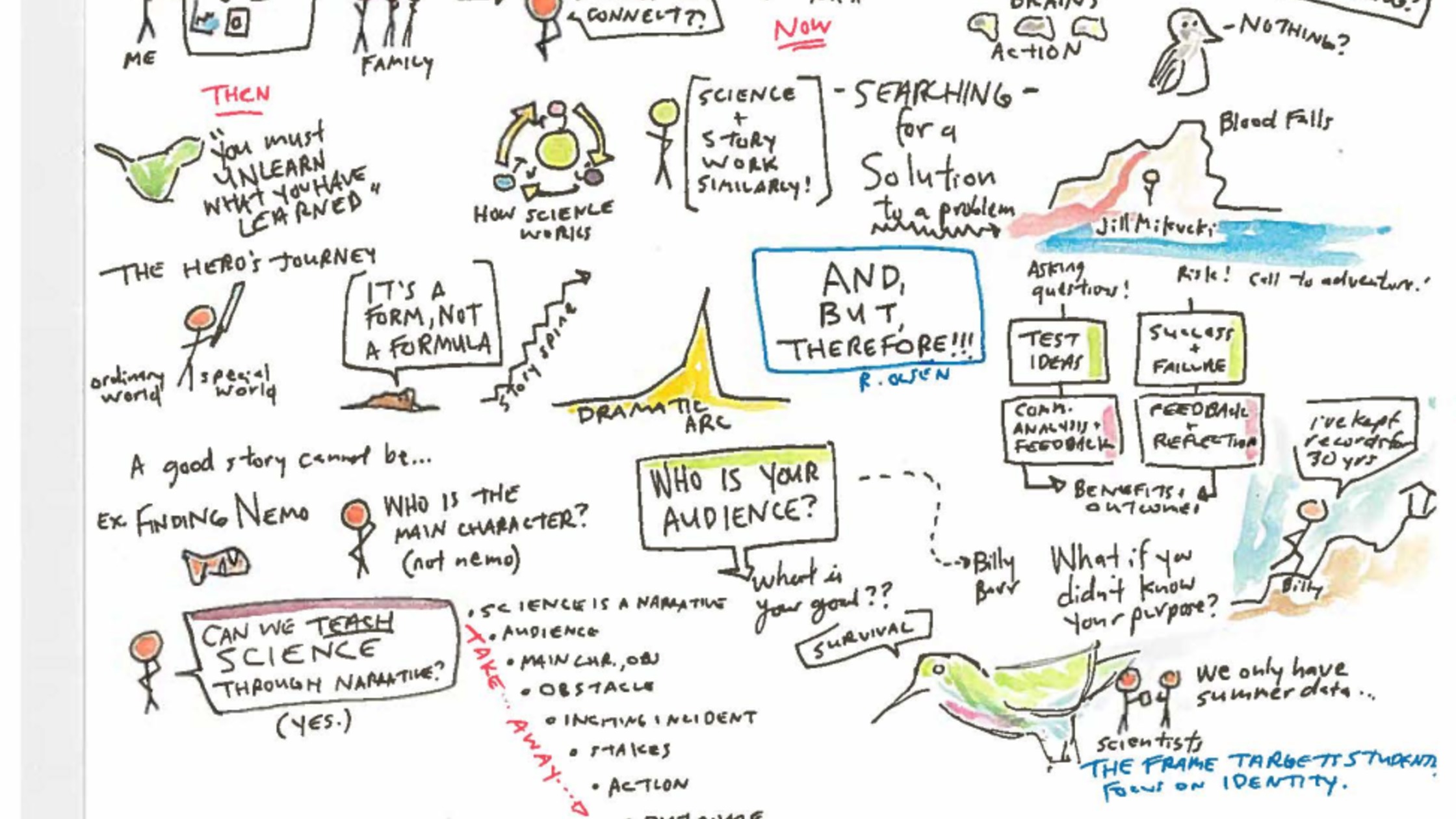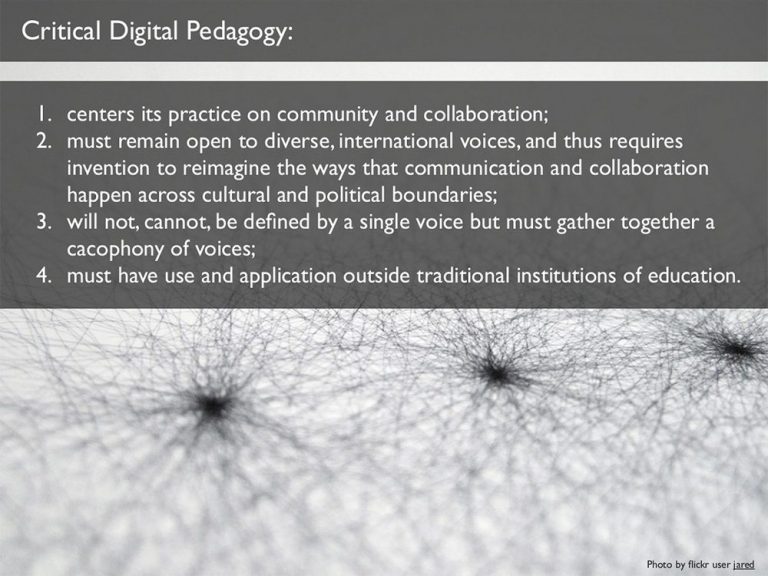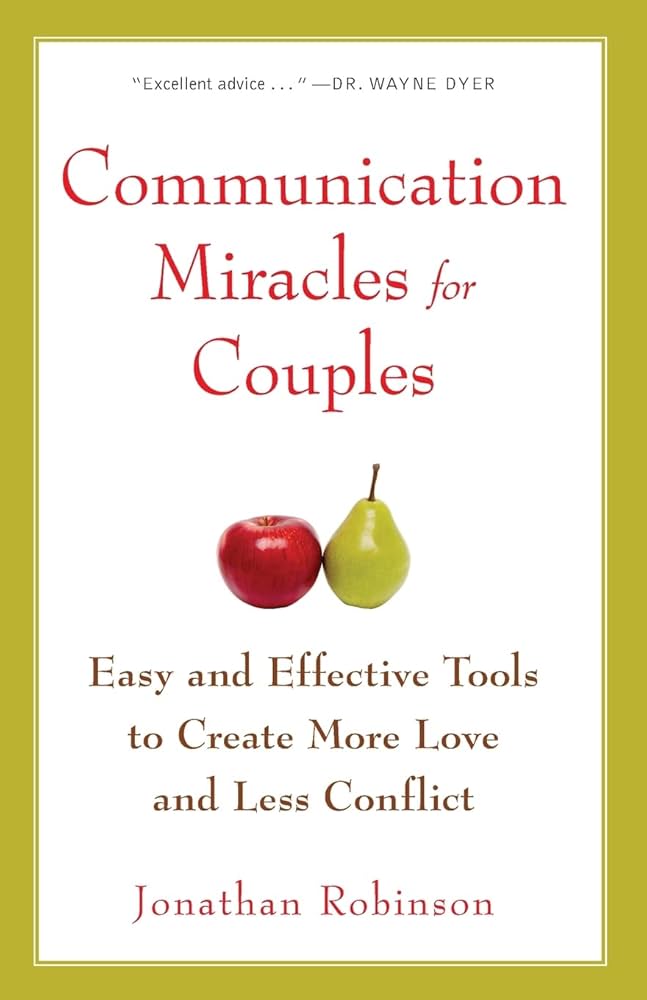Is Communication a Science Or Art?
Communication is both a science and an art that involves the study and practice of conveying information effectively. It combines scientific principles such as understanding human psychology, language, and technology with creative skills like storytelling and persuasion.
Effective communication requires a systematic approach to understand the process and principles involved, as well as the creativity to craft messages that resonate with the intended audience. By employing scientific theories and techniques while leveraging artistic flair, individuals can effectively communicate and connect with others, allowing ideas, emotions, and knowledge to be shared and understood.

Credit: www.linkedin.com
Defining Communication
Communication is a fundamental aspect of human interaction. It encompasses the exchange of information, ideas, and emotions among individuals or groups. Whether it is verbal, non-verbal, written, or visual, effective communication allows us to convey our thoughts and connect with others. But is communication a science or an art? Let’s dive deeper into this intriguing question.
Communication As A Science
Communication can be approached as a science, analyzing it through systematic observation, experimentation, and measurement. In this perspective, communication is seen as a set of principles and theories that can be studied, understood, and applied. It involves examining various aspects such as verbal and non-verbal cues, the encoding and decoding of messages, and the impact of technology on communication.
By treating communication as a science, researchers can explore how communication processes work, analyze the different methods and techniques used, and predict the outcomes of specific communication strategies. They can conduct experiments, collect data, and draw conclusions based on empirical evidence. For example, studies may focus on the effectiveness of persuasive communication in advertising or the impact of different communication styles on teamwork in the workplace.
Communication As An Art
On the other hand, communication can also be viewed as an art form, emphasizing the creative aspects of expression and interpretation. Just as artists utilize various forms of media to evoke emotions and convey their messages, communicators use language, tone, body language, and visual aids to convey meaning and connect with their audience.
In this artistic perspective, mastering communication involves developing a sense of timing, understanding the power of storytelling, and being able to adapt to different contexts and audiences. It is the ability to craft messages that resonate and engage, capturing attention and inspiring action. Effective communicators understand the nuances of language and employ rhetorical devices to influence and persuade.
The artistic approach to communication recognizes that it is not a fixed formula; rather, it is a skill that can be honed and perfected through practice, creativity, and self-expression. It encompasses the ability to listen actively, empathize with others, and use imagination to communicate complex ideas in a simple and impactful way.
Whether approached as a science or an art, communication embodies both structure and spontaneity. It requires a blend of knowledge and intuition, analysis, and creativity. Both perspectives offer valuable insights into the essence of communication, and each has its place in understanding and enhancing this essential skill.
The Scientific Aspects Of Communication
Communication can be seen as both a science and an art. While the scientific aspects of communication explore the processes and theories behind how we convey information, the artistic elements focus on the creativity and expression involved in effective communication.
Understanding the blend of both aspects is essential for mastering the art of communication.
Communication is often regarded as both a science and an art. While the artistic aspect focuses on the expression, creativity, and emotional aspects of communication, the scientific aspect delves into the theories, methods, and research behind the communication process. In this section, we will explore the scientific aspects of communication, beginning with the theoretical frameworks in communication.
Theoretical Frameworks In Communication
Various theoretical frameworks have been developed to understand and explain the complexities of human communication. These theories provide insights into how and why people communicate, as well as the influences and effects of communication. Some of the well-known theories include:
- Communication Accommodation Theory – which examines how individuals adjust their communication style to accommodate others based on social norms and expectations.
- Social Learning Theory – which explores how people learn and acquire communication behaviors through observing and imitating others.
- Symbolic Interactionism – which focuses on the meanings and symbols associated with communication, emphasizing the importance of shared understanding in interactions.
- Uses and Gratification Theory – which examines why individuals choose to consume certain media and communication channels based on their needs and desires.
By studying and applying these theoretical frameworks in communication, researchers gain a deeper understanding of human behavior, perception, and the dynamics of social interactions.
Communication Research Methods
To further enhance our understanding of communication, extensive research is conducted using a variety of methods. These research methods allow communication scholars to investigate different aspects of communication, collect data, and draw meaningful conclusions. Some common research methods in communication include:
- Surveys and questionnaires – which provide a wide range of data from large groups of people, enabling researchers to gather quantitative information.
- Interviews – where researchers engage in one-on-one or group conversations with participants to gain qualitative insights and in-depth understanding.
- Content analysis – which involves systematically analyzing communication materials such as texts, images, and media to identify patterns, themes, and underlying meanings.
- Experimental studies – which manipulate variables in controlled environments to examine cause-and-effect relationships in communication.
These research methods, combined with theoretical frameworks, contribute to our understanding of how communication functions, what influences it, and how it affects individuals and societies. Together, they form the scientific foundation of communication studies.
The Artistic Aspects Of Communication
Communication is often regarded as both a science and an art. While the scientific nature of communication emphasizes the study of language, cognition, and social interactions, the artistic aspects of communication focus on the creative and expressive elements that enhance effective communication. These artistic elements delve into the realm of nonverbal communication and the power of rhetoric and persuasion.
Nonverbal Communication
Nonverbal communication plays a significant role in conveying messages without the use of words. It encompasses various forms such as facial expressions, body language, hand gestures, and even the tone and pitch of one’s voice. These nonverbal cues, often subconscious, add depth and nuance to our communication, allowing us to express emotions, establish rapport, and reinforce the meaning behind our words.
Common forms of nonverbal communication include:
- Facial expressions: Smiles, frowns, raised eyebrows, and other facial movements can convey a range of emotions, from happiness and excitement to disappointment or confusion.
- Body language: Posture, gestures, and movements can communicate confidence, authority, attentiveness, or even defensiveness.
- Tone and pitch: The way we say something can completely change its meaning. A pause, emphasis, or variation in tone can transform a simple statement into a question, sarcasm, or a sympathetic remark.
Mastering the art of nonverbal communication can greatly enhance our ability to connect with others, establish trust, and interpret unspoken messages.
Rhetoric And Persuasion
Rhetoric is the art of effective communication, often employed to persuade or influence an audience. It involves utilizing language and presentation techniques to appeal to the emotions, logic, and values of the listener or reader. By employing rhetorical strategies, individuals can craft compelling arguments, engaging narratives, and impactful speeches.
Key elements of rhetoric and persuasion include:
- Appeals to emotions: Using vivid imagery, storytelling, or relatable examples to evoke specific emotions and create a connection with the audience.
- Logical reasoning: Employing facts, statistics, and logical arguments to support claims and convince others of a particular viewpoint.
- Ethical persuasion: Building credibility and trustworthiness by showcasing expertise, integrity, and empathy.
Rhetoric empowers communicators to frame arguments in a way that resonates with their audience, persuading them to consider a new perspective or take action.
In conclusion, while communication may have its scientific foundations, it is the artistic aspects such as nonverbal communication and rhetoric that add richness and depth to our interactions. By honing these artistic skills, we can elevate our communication to new heights, fostering understanding, connection, and influence.
The Interplay Between Science And Art
Communication is a dynamic interplay of both science and art, blending the precision and methodology of scientific analysis with the creativity and expression of artistic communication forms. This fusion creates a harmonious balance between the technical aspects of communication and the power of storytelling, bridging the gap between science and art.
Communication is a fascinating blend of science and art, where the rationality of scientific principles intertwines with the creativity of artistic expression. It’s an interplay between two seemingly disparate disciplines that have a profound impact on how we connect with others. Let’s explore this dynamic relationship and understand the role of creativity in communication and how scientific principles can be applied to enhance artistic expression.
The Role Of Creativity In Communication
Creativity plays a vital role in communication, enabling us to craft engaging messages that capture attention and evoke emotions. Whether it’s writing a persuasive argument or designing visual content, creativity allows us to think outside the box and present ideas in unique and memorable ways. By using imaginative and innovative approaches, we can bring life to our communication and make it more impactful.
When communicating, it’s essential to evoke emotions that resonate with the audience. The creative use of language, imagery, and storytelling helps in creating a connection and leaving a lasting impression. By tapping into our imagination, we can create compelling narratives that captivate and inspire others.
Applying Scientific Principles In Artistic Communication
Although art is often associated with subjective expression, the application of scientific principles can significantly enhance its effectiveness. By understanding core scientific concepts like psychology, sociology, and neuroscience, we can tailor our communication strategies to have a more profound impact.
For instance, understanding the cognitive processes involved in perception and attention can help us design visual communication that grabs and retains attention. Knowing how different colors, shapes, and fonts affect emotions and information processing allows us to create visually appealing content that conveys our message effectively.
Additonally, studying audience demographics and understanding their preferences and beliefs enables us to customize our message in a way that resonates with them. By applying scientific research on human behavior and decision-making processes, we can make our communication more persuasive and influential.
In conclusion, communication is both a science and an art. The role of creativity is pivotal in crafting engaging and impactful messages, while the application of scientific principles allows us to enhance the effectiveness of our artistic expression. By harnessing the interplay between science and art, we can create communication that not only informs but also inspires and connects with others on a deeper level.

Credit: www.eneuro.org
Frequently Asked Questions Of Is Communication A Science Or Art?
Is Communication Studies An Art Or Science?
Communication studies can be considered both an art and a science as it combines creativity and analytical skills to examine and understand communication processes. Through research and analysis, it seeks to uncover the scientific principles underlying effective communication, while also exploring the artistic elements involved in crafting and delivering messages.
Why Is Communication Considered As A Science?
Communication is considered a science because it involves the study of how information is transmitted, received, and understood. It examines the impact of various factors on communication, such as language, technology, and psychology. By applying scientific methods, we can better understand and improve communication processes.
Is Communication A Scientific Field?
Yes, communication is considered a scientific field. Communication involves the study and analysis of how people exchange information and create meaning through various forms of media and interpersonal interactions.
Is Language An Art Or Science?
Language is both an art and a science, combining creativity and structure. It’s a form of artistic expression, while also governed by linguistic rules and principles.
Q: Is Communication A Science Or An Art?
A: Communication is both a science and an art, as it involves the study of human behavior and the creative expression of ideas.
Conclusion
Communication is a fascinating discipline that lies at the crossroads between science and art. It encompasses both the systematic study of verbal and nonverbal interactions, as well as the creative and skillful expression of ideas. Whether viewed as a science or an art, communication holds immense value in our personal and professional lives.
It enables us to connect, understand, and influence others, making it an indispensable tool for success in any field. So, harness the power of effective communication and unlock endless possibilities for growth and fulfillment.




